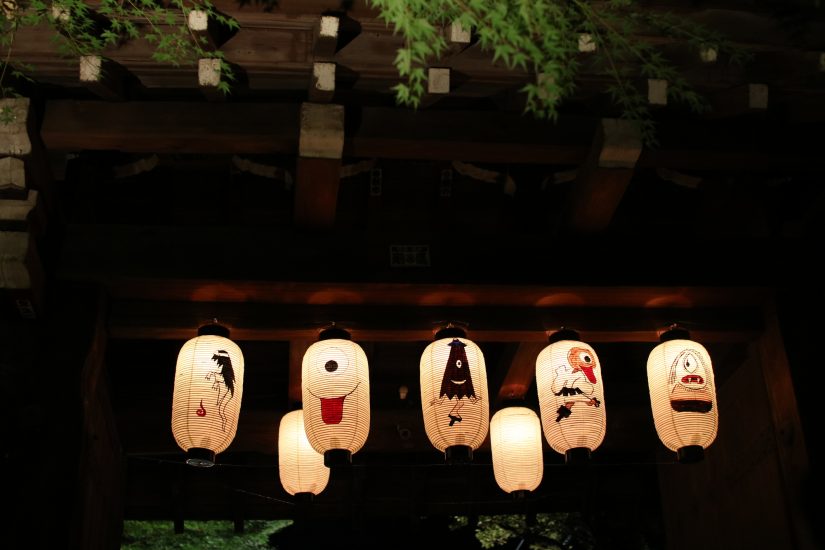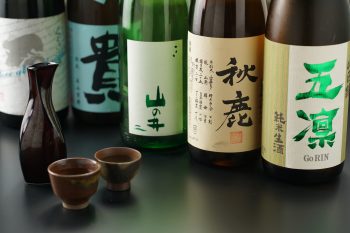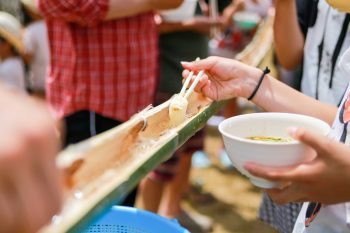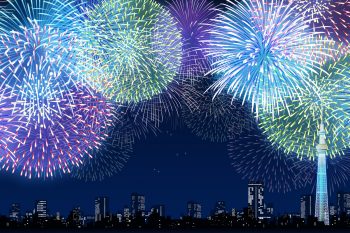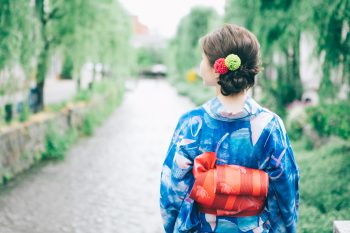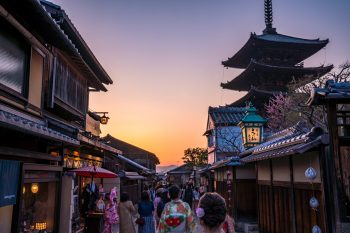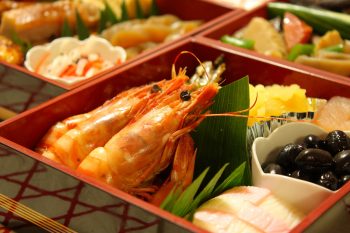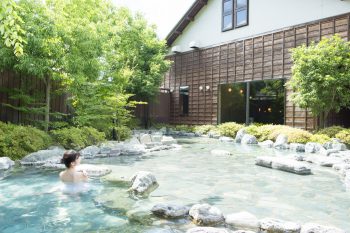CULTURE
Summer in Japan is the season for ghost stories. Scary movies, books, and other spooky media are commonly released in the summer season, and magazines and TV run special features on uncanny events and weird phenomena.
Sake labels are often beautiful but can be daunting on first look. They are usually centered around ornate calligraphy, with complex, arcane descriptions that require a certain background to contextualize.
Although around 67% of Japan is covered in mountains and it has a smaller land area than California, this archipelago of over 6,800 islands runs from north to south for 3,000km between latitudes 20° and 46°N and longitudes 123° and 154°.
Fifteen years ago, I would often have to explain that no, really, Japanese fireworks are a cut above the rest, and anyone who comes here in summer owes it to themselves to see it.
When it comes to their cafés the Japanese can certainly come up with very original concepts. As popular with Japanese people as they are with foreigners living in Japan, they are also a must-see for any visitor.
Japanese culture holds a deep respect for seasonality. From the reflection of seasons in traditional Haiku, to the waves of seasonal foodstuffs celebrated in markets across the country, marking the changes through the year is taken very seriously here.
The Kinki region in western Japan, which officially is defined as Hyogo, Mie, Nara, Shiga and Wakayama Prefectures plus the metropolitan prefectures of Osaka and Kyoto
No one will disagree that the life of a housewife is strenuous regardless of what country you are living in. It used to be even more true when the cooking and cleaning required more effort and time than it does today.
Wherever you live, work or travel in Japan, you are unlikely to be far from either a sentō bath house or a natural hot spring resort or spa facility.


